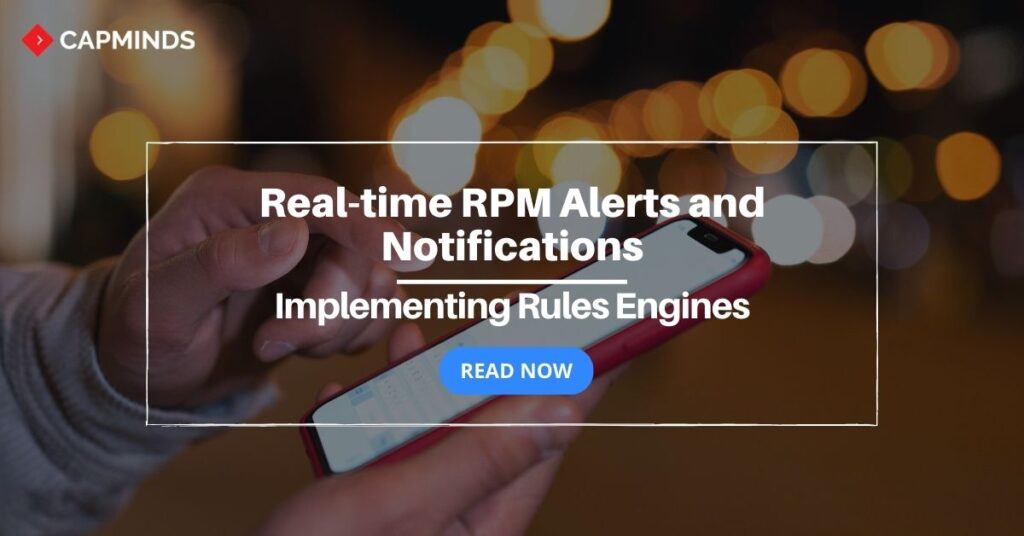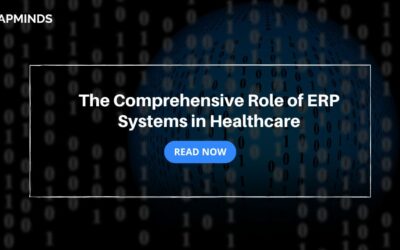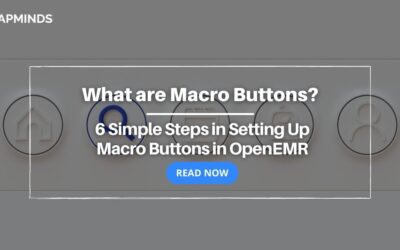Real-time RPM Alerts and Notifications: Benefits of Implementing Rules Engines
The adoption of Remote Patient Monitoring (RPM) has become pivotal in providing timely and efficient care to patients, particularly those with chronic conditions in this pandemic-prone era (negative, but true).
RELATED: Remote Patient Monitoring 101: Everything for 2023 & Beyond
However, capturing patient data is only part of the equation. The ability to derive actionable insights in real-time is where the true value of RPM lies.
In this technical exploration, we delve into the world of Real-time RPM Alerts and Notifications and how implementing rules engines can transform data into meaningful actions.
The RPM Revolution
Remote Patient Monitoring involves collecting patient data from medical devices, wearables, or other monitoring tools, and transmitting this information to providers for analysis and intervention.
RPM not only enhances patient engagement but also reduces hospital readmissions, improves chronic disease management, and ultimately leads to better patient outcomes.
Yet, the sheer volume of data generated by RPM can overwhelm healthcare providers. This is where Real-time Alerts and Notifications step in.
The Power of Real-time Alerts
Real-time alerts are immediate notifications generated when certain predefined conditions or thresholds are met or exceeded.
These alerts empower healthcare providers to intervene swiftly, preventing complications and ensuring timely care delivery. Real-time alerts are particularly critical for patients with chronic illnesses, where early detection of issues can be life-saving.
The Role of Rules Engines
At the heart of Real-time RPM Alerts and Notifications are rules engines. These are sophisticated software systems that apply predefined rules to incoming patient data and trigger alerts when specific conditions are met. Let’s break down the key components and functions of rules engines in this context.
1. Data Ingestion
- Rules engines start by ingesting patient data from various sources like wearable devices, medical sensors, or electronic health records
- This data can encompass vital signs like heart rate, blood pressure, glucose levels, and more
2. Rule Definition
- Next, providers define rules based on clinical guidelines, patient-specific criteria, or the nature of the condition being monitored
- These rules serve as the basis for triggering alerts
- For example, a rule might state: “If a patient’s heart rate exceeds 120 beats per minute for more than five consecutive minutes, generate a high-priority alert.”
3. Real-time Analysis
- The rules engine continuously analyzes incoming data against the predefined rules
- It evaluates data in real-time, ensuring that alerts are generated promptly when conditions are met
4. Alert Generation
- When a rule is satisfied, the rules engine generates an alert
- These alerts can be classified into different categories like high-priority alerts that require immediate attention or lower-priority alerts for less critical issues
5. Notification and Escalation
- Once an alert is generated, the rules engine sends notifications to designated healthcare providers or clinicians
- This notification can take various forms like text messages, emails, or alerts within the healthcare system’s interface
6. Customization
- Rules engines are highly configurable, allowing healthcare organizations to tailor alerting criteria to specific patient populations or conditions
- This customization ensures that alerts are both meaningful and actionable
RELATED: Remote Patient Monitoring 101: The Ultimate Integration Guide
Benefits of Real-time RPM Alerts and Rules Engines
Now that we understand how Real-time RPM Alerts and Notifications work, let’s explore the tangible benefits they bring to healthcare providers, patients, and the overall healthcare ecosystem.
1. Timely Intervention
- Real-time alerts enable providers to intervene promptly when a patient’s health deteriorates
- This timely response can prevent hospital readmissions and emergency room visits
2. Improved Patient Outcomes
- Early detection and intervention lead to better patient outcomes
- Patients experience fewer complications, faster recoveries, and a higher quality of life
3. Enhanced Patient Engagement
- Patients become active participants in their healthcare journey
- Real-time alerts foster a sense of empowerment and encourage patients to adhere to treatment plans and lifestyle modifications
4. Efficient Resource Allocation
- Rules engines filter data, ensuring that healthcare providers focus their attention where it’s needed most
- This resource optimization is especially crucial in managing large patient populations
5. Reduced Healthcare Costs
- Preventing complications and readmissions translates into significant cost savings for healthcare systems and patients alike
Challenges in Implementing Rules Engines
While Real-time RPM Alerts and Notifications offer tremendous benefits, their implementation comes with challenges.
1. Data Integration
- Integrating data from diverse sources can be complex
- Rules engines must be compatible with various devices and systems
2. Data Accuracy
- The accuracy of alerts depends on the quality and reliability of the data received
- Ensuring data accuracy is crucial to prevent false alarms
3. Alarm Fatigue
- Healthcare providers may become overwhelmed by a high volume of alerts, leading to alarm fatigue
- Proper filtering and prioritization of alerts are essential
4. Privacy and Security
- Handling patient data in real-time requires robust security measures to protect patient privacy and comply with healthcare regulations
Future Trends and Final Say
As healthcare continues to embrace technology, Real-time RPM Alerts and Notifications, powered by rules engines, will play an increasingly significant role. Innovations like artificial intelligence and machine learning will further enhance the accuracy and predictive capabilities of these systems.
In conclusion, Real-time RPM Alerts and Notifications represent a game-changing advancement in healthcare. By harnessing the power of rules engines, healthcare providers can transform raw patient data into actionable insights, ultimately delivering more effective and timely care, and improving patient outcomes. As the healthcare landscape evolves, embracing these technologies is not just an option but a necessity for delivering the best possible patient care.
Remote Patient Monitoring Solution from CapMinds
Be it treatment for anything, RPM’s role is vital. Its use of devices and delivering high-quality care remotely enables patients to relax and forget in-patient visit pressures.
Why choose CapMinds RPM?
- Simple new patient enrolment
- Manual & automated patient data access
- Customizable notification system
- Fully compliant billing
- Secure & HIPAA compliant
- Practice specific support
- Real-time tracking
- Better at-home chronic care management
- Reduced hospitalizations
- Efficient Remote Physiologic & Therapeutic Monitoring
- High-end Interoperability
- Easy service integrations and customizations – whatever you need!
CapMinds RPM solution allows patients to use digitally connected devices – like heart monitors and blood pressure cuffs to perform routine tests and share their health data with a healthcare professional. For more details visit our website and get started now with us on your journey to more success.
“Let’s make your practice more accessible to people around the world, together”




